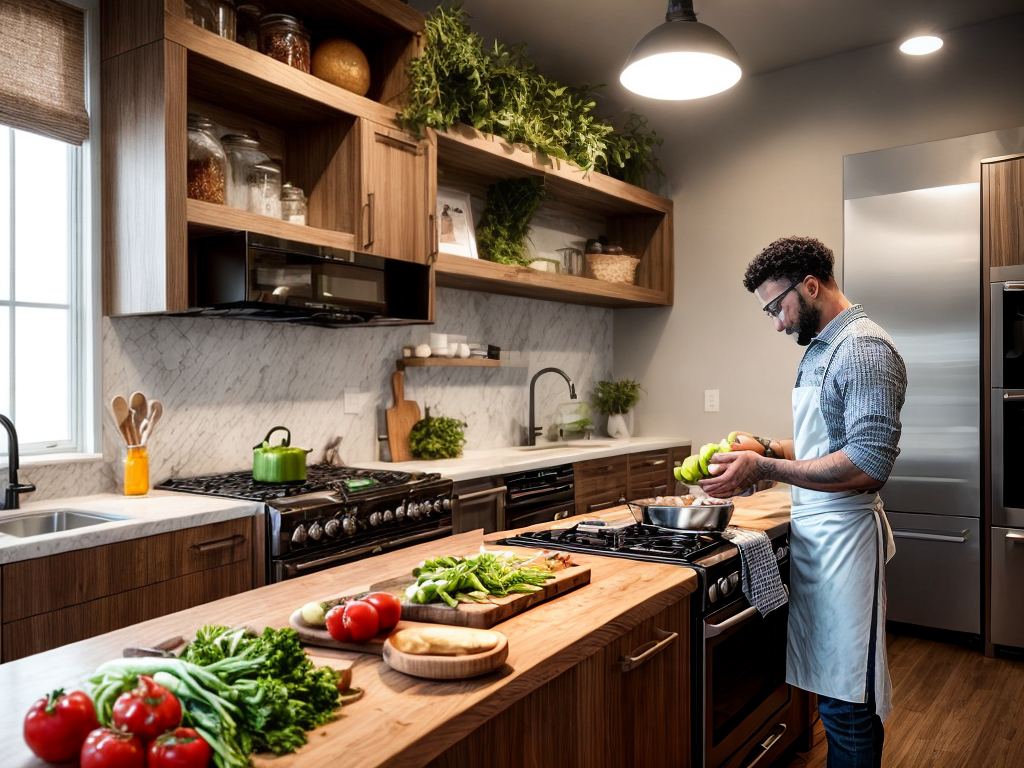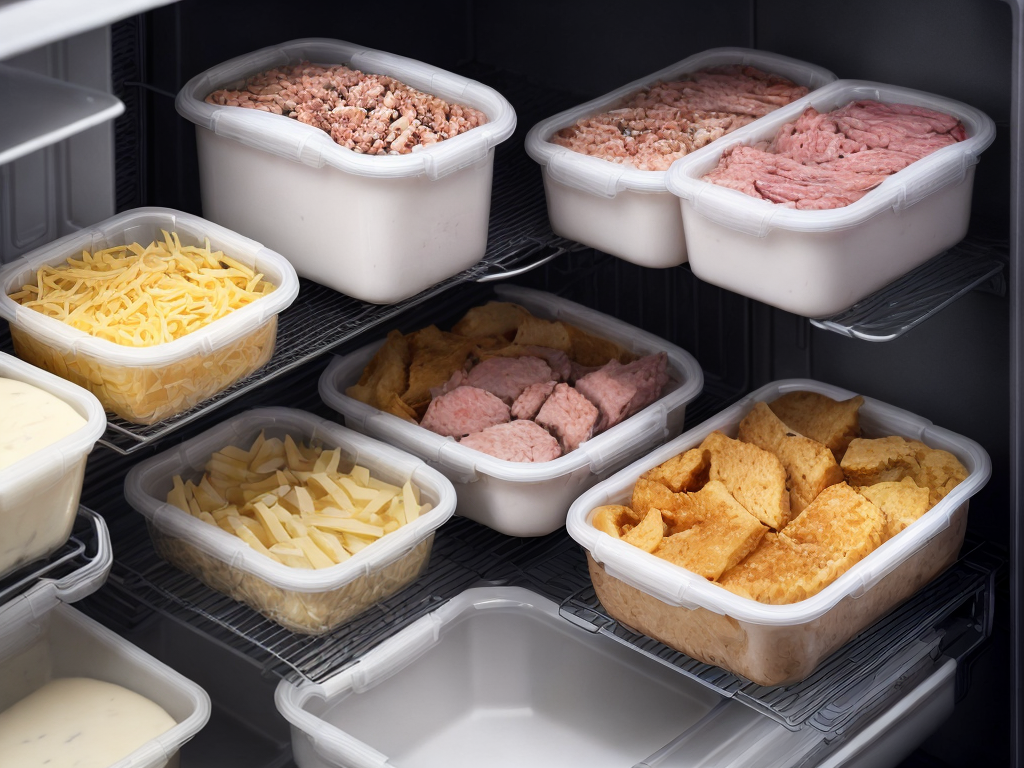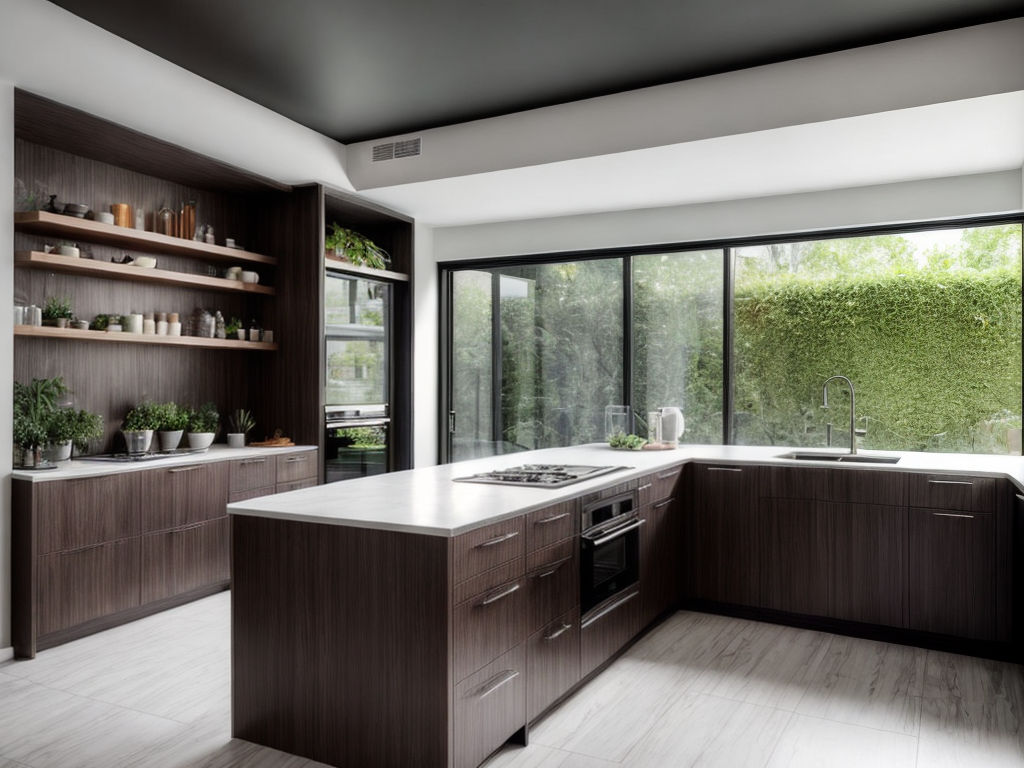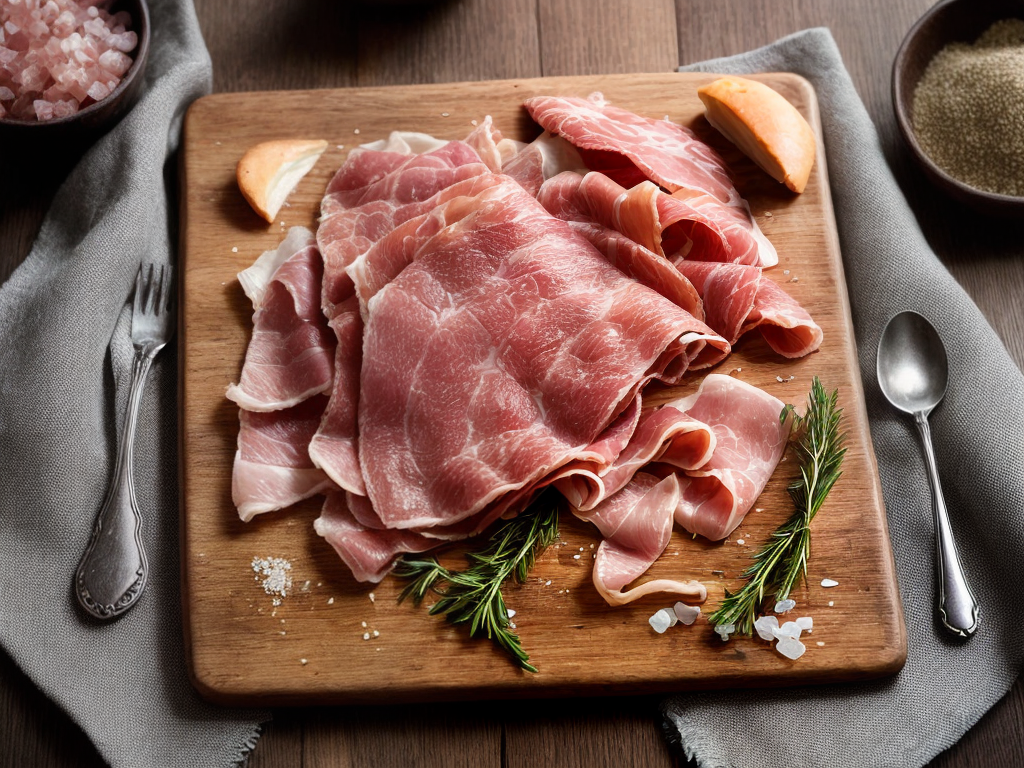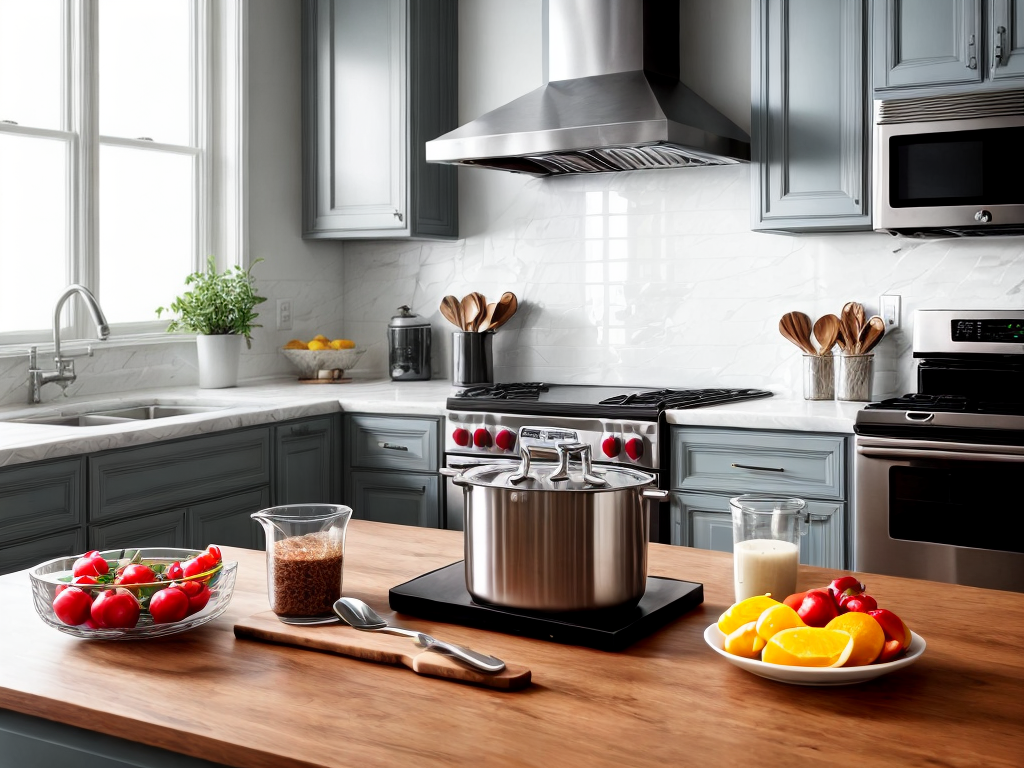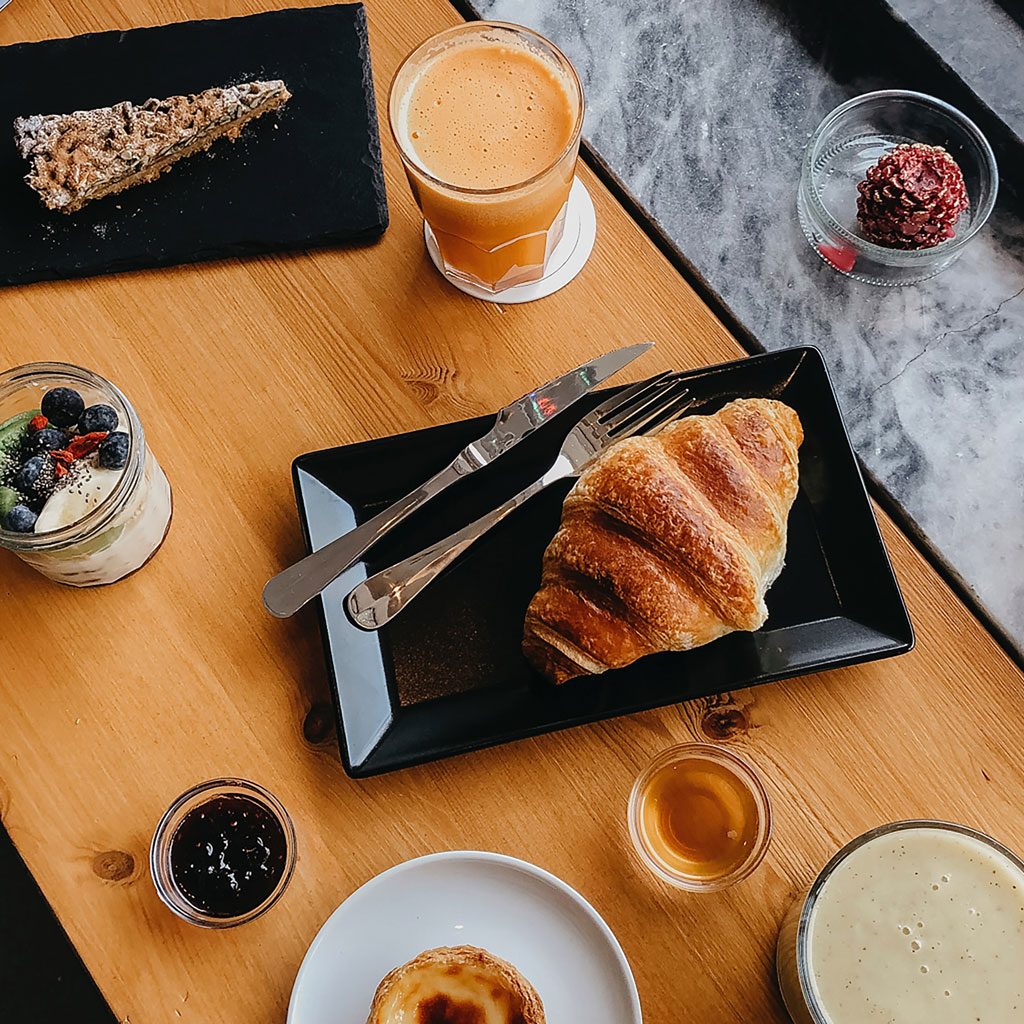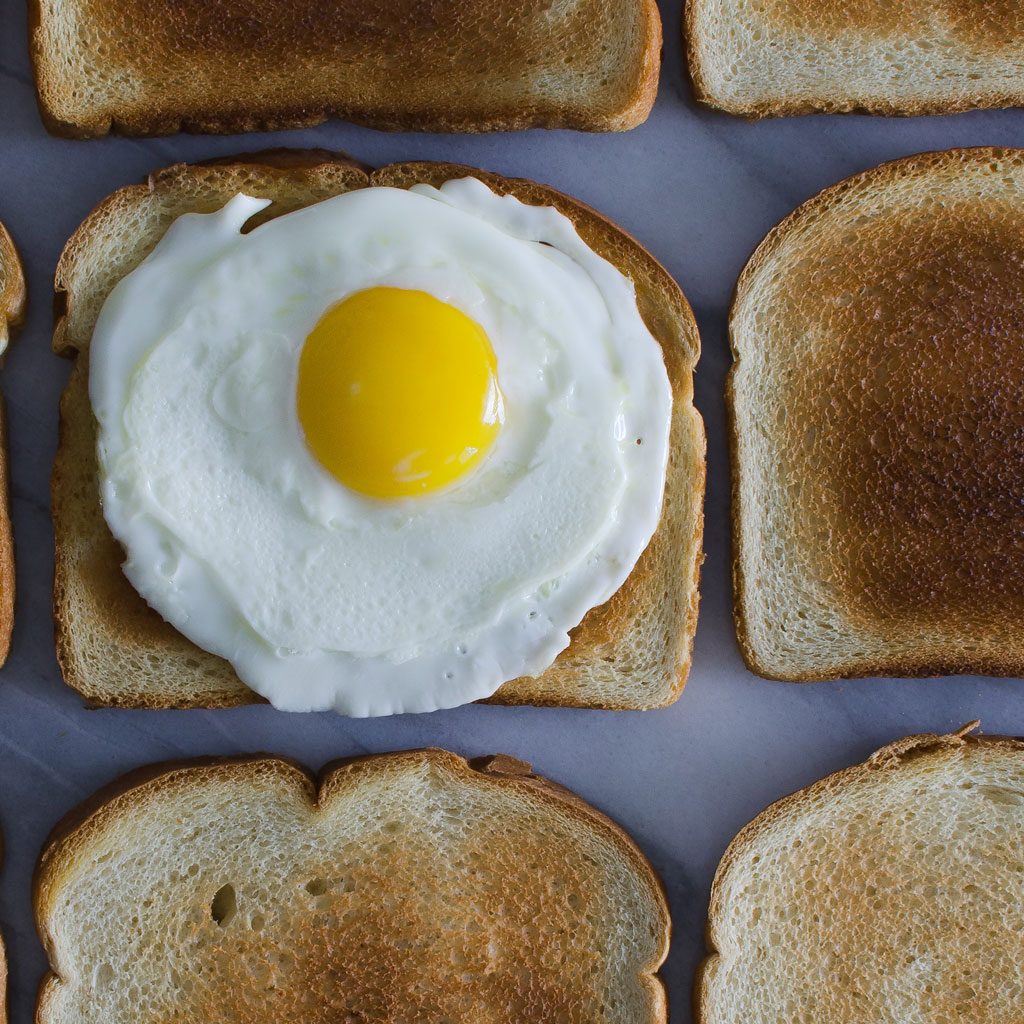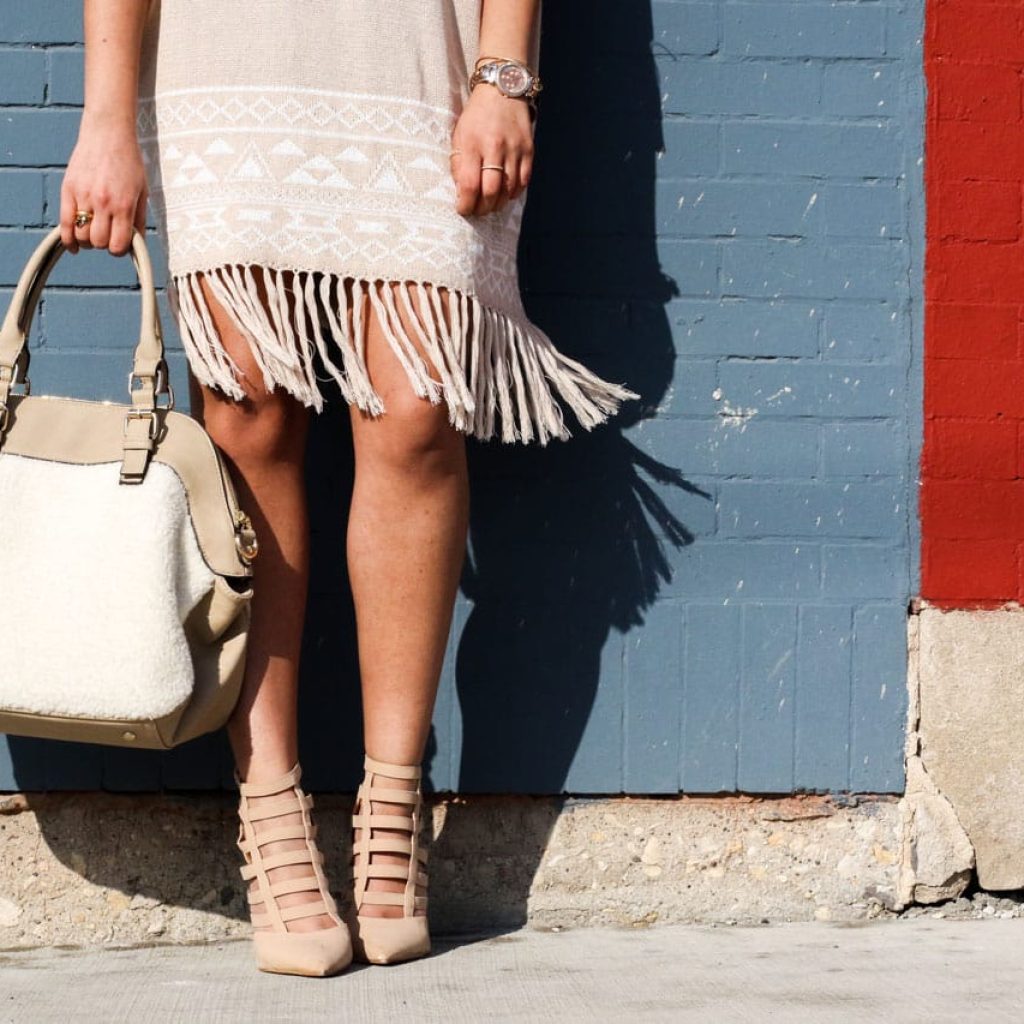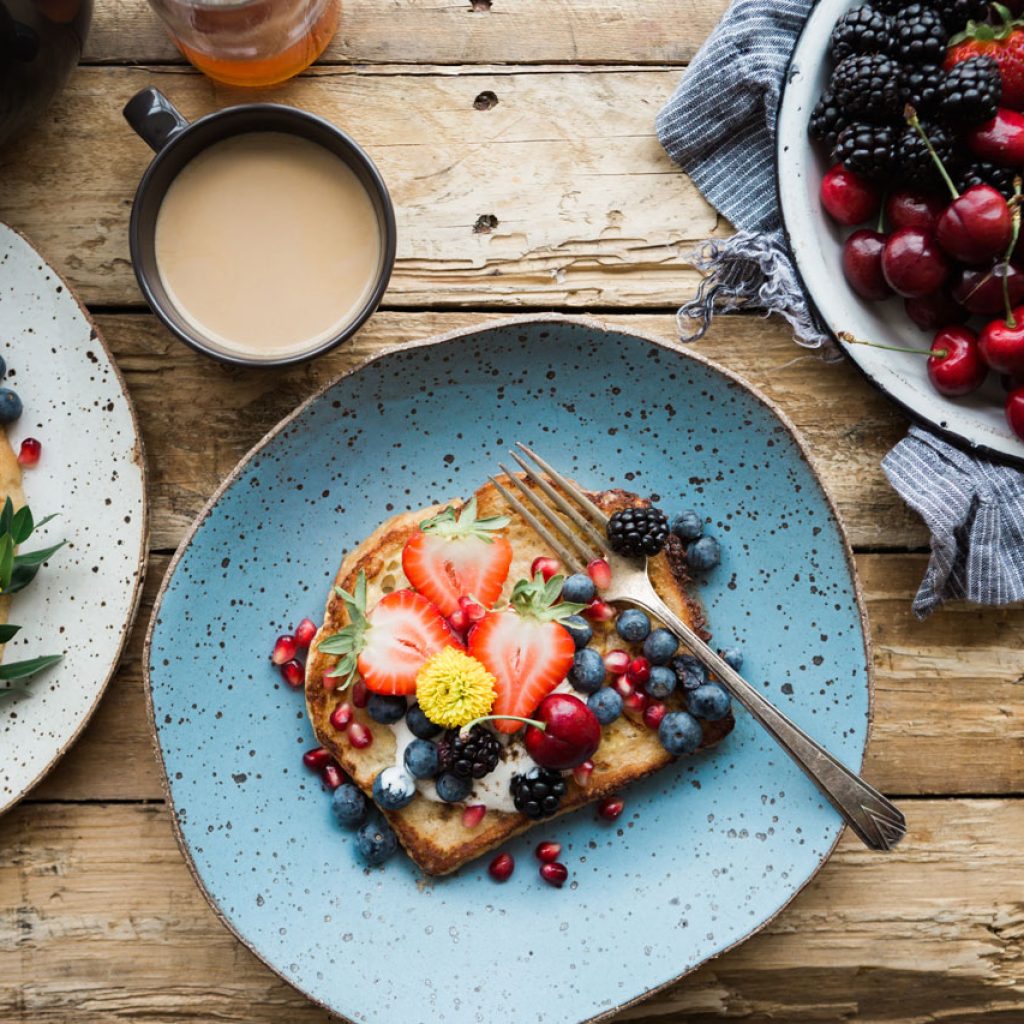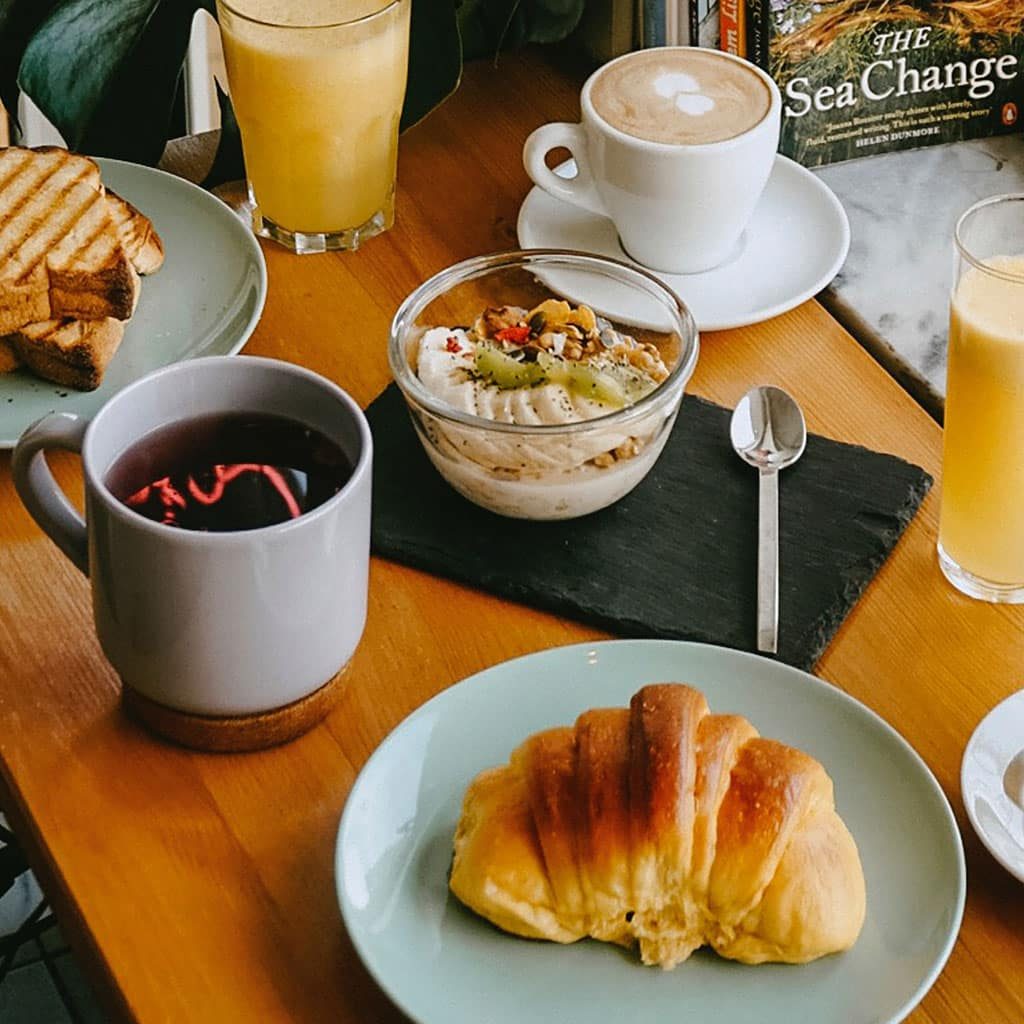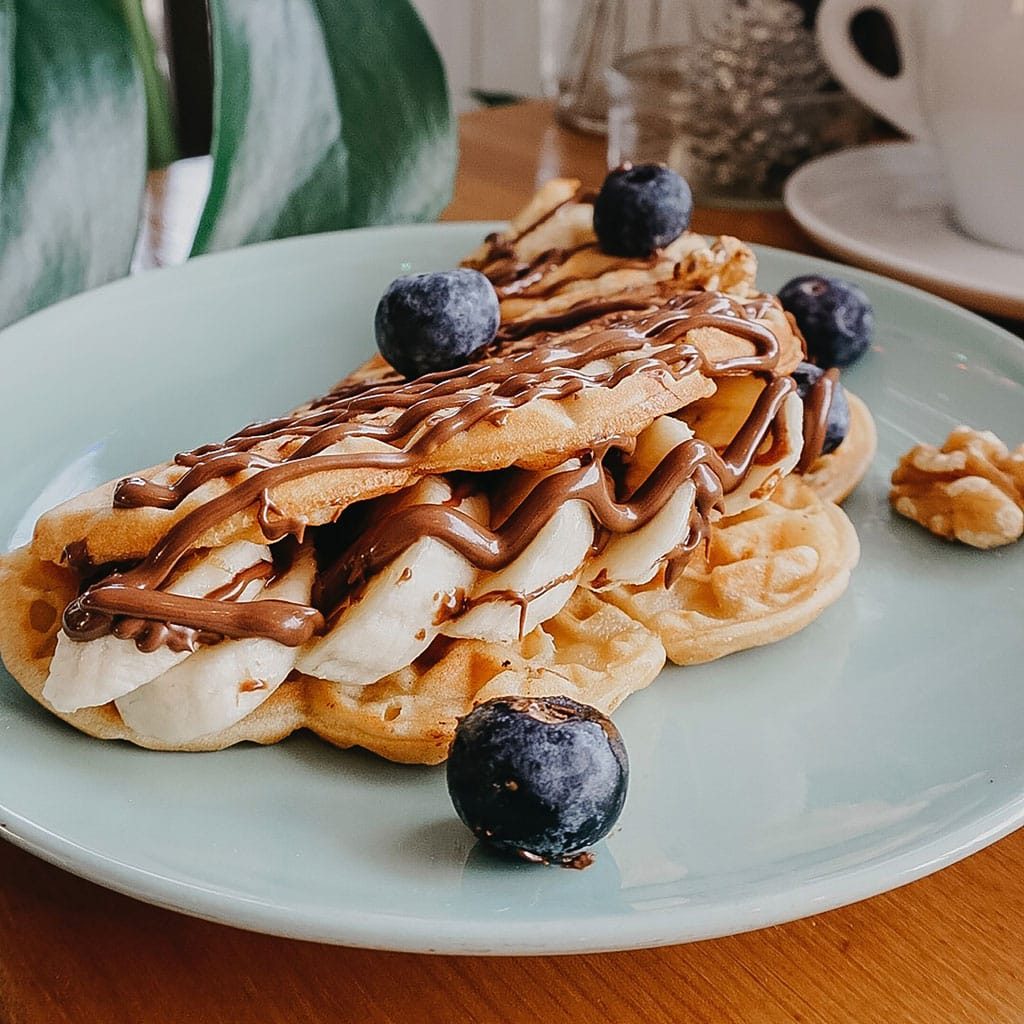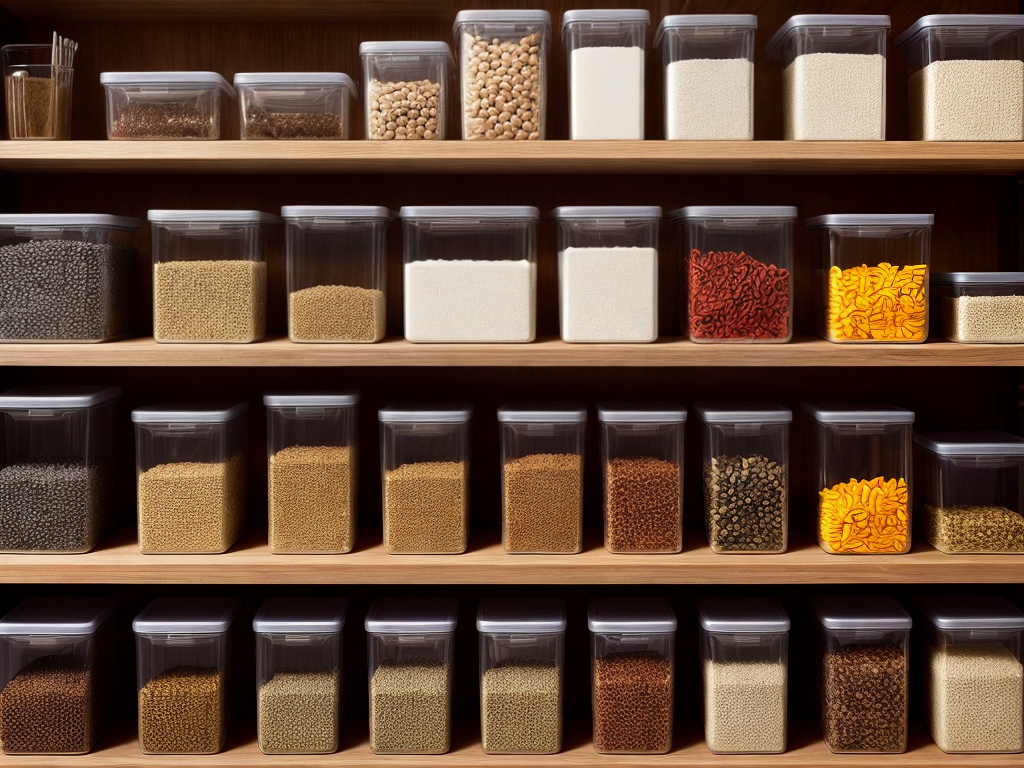
I know what you’re thinking – choosing storage containers for your pantry can be overwhelming. But fear not, because I’m here to help simplify the process for you. In this discussion, we’ll explore the key factors to consider when selecting the right storage containers for your pantry. From assessing your pantry’s needs to evaluating different material options, we’ll cover everything you need to know to make an informed decision. So let’s dive in and discover the secrets to a well-organized and efficient pantry!
Assess Your Pantry’s Needs
To properly choose pantry storage containers, it is essential to first assess the unique needs of your pantry. One important aspect to consider is the layout of your pantry. Is it spacious with plenty of shelves and cabinets, or is it small and limited in storage space? Understanding your pantry layout will help you determine the type and size of containers that will fit best.
Another crucial factor to consider is the storage capacity of your pantry. Take a look at the items you typically store in your pantry and evaluate how much space they require. Are you dealing with a large collection of spices, canned goods, or dry ingredients? Knowing the storage capacity you need will guide you in selecting containers that can accommodate your items efficiently.
Consider Your Storage Space
When it comes to choosing pantry storage containers, it is important to consider the available space in your pantry. Assess the size and layout of your pantry to determine how much storage space you have to work with. Additionally, take into account the size of your shelves and how the containers will fit within them. Properly considering your storage space will help you choose the right containers that maximize organization and efficiency in your pantry.
Space Availability
Considering the available storage space is crucial when choosing pantry storage containers. Maximizing space in your pantry is essential to keep it organized and functional. One way to do this is by utilizing vertical storage. Look for containers that are tall and narrow, allowing you to stack them on top of each other. This way, you can make the most of the vertical space in your pantry. Additionally, consider the dimensions of your pantry shelves and the layout of your storage space. Measure the height, width, and depth of your shelves to ensure that the containers you choose will fit properly. By carefully considering your storage space, you can select the right pantry storage containers that will help you optimize your pantry’s organization and functionality.
Shelf Size
I carefully consider the dimensions of my pantry shelves and the layout of my storage space when choosing pantry storage containers. It’s important to have containers that fit well on the shelves and utilize the available space efficiently. Here are some key considerations for shelf size when selecting pantry storage containers:
-
Adjustable shelves: Look for containers that can be easily accommodated on shelves that can be adjusted to different heights. This allows for flexibility in organizing your pantry and making the most of the vertical space.
-
Customizable dividers: Containers with customizable dividers are a great option for maximizing shelf space. These dividers allow you to create smaller compartments within the container, making it easier to store and organize different types of items.
-
Stackable containers: Opt for stackable containers that can be neatly stacked on top of each other. This not only saves space but also helps maintain a tidy and organized pantry.
Considering the dimensions of your pantry shelves and selecting containers that suit your storage space will ensure a well-organized and efficient pantry.
Pantry Organization
To effectively organize your pantry, it is important to consider the storage space available. Assessing the size and layout of your pantry will help determine the best organizational approach. One way to do this is by creating a pantry inventory. By taking stock of what you have and how much space it requires, you can plan accordingly. Another helpful tip is to label your pantry items. This not only makes it easier to find what you need but also helps maintain organization over time. To visually represent these ideas, here is a table:
| Pantry Organization Tips |
|---|
| Create a pantry inventory |
| Label your pantry items |
Determine the Container Type
When choosing pantry storage containers, it is important to determine the type of container that will best suit your needs. Here are a few key factors to consider:
-
Container size: Before making a purchase, it is essential to assess the space available in your pantry. Measure your shelves and take note of the dimensions you have to work with. This will help you choose containers that fit perfectly and maximize your storage space.
-
Container material: The material of the containers is crucial for maintaining the freshness and quality of your pantry items. Opt for airtight containers made from BPA-free plastic or glass. These materials will keep your food safe from moisture, pests, and odors, ensuring longer shelf life.
-
Versatility: Look for containers that are versatile and can be used for a variety of pantry staples. Consider containers with interchangeable lids or stackable options that save space. This way, you can easily organize and access your pantry items without any hassle.
Evaluate Material Options
Considering the material options is an important step in evaluating pantry storage containers. When it comes to choosing the right material for your containers, there are a few key factors to consider. First, eco-friendly options are becoming increasingly popular. Look for containers made from sustainable materials, such as bamboo or recycled plastic. These options not only help reduce waste but also contribute to a greener lifestyle.
Durability is another crucial aspect to consider. You want containers that can withstand the demands of a busy pantry and maintain their functionality over time. Glass containers are a great choice in terms of durability. They are resistant to stains and odors and can withstand high temperatures. Additionally, glass containers are transparent, allowing you to easily see the contents inside.
Plastic containers are another popular option due to their lightweight nature and affordability. However, it is essential to choose high-quality BPA-free plastic containers to ensure they are safe for food storage.
Look for Air-Tight Features
Look for pantry storage containers with air-tight features to ensure the freshness and longevity of your food items. Air-tight containers play a vital role in preserving the quality and flavor of pantry ingredients. Here are three reasons why air-tight containers are essential for maintaining pantry freshness:
- Prevents oxygen exposure: Oxygen is one of the main culprits behind food spoilage. Air-tight containers seal out oxygen, preventing it from reacting with your food and causing it to go bad.
- Blocks moisture: Moisture is another factor that can accelerate the deterioration of your pantry items. Air-tight containers create a barrier that keeps moisture out, ensuring that your food remains dry and free from mold or bacterial growth.
- Preserves aroma: Many pantry staples, such as spices and herbs, rely on their aromatic compounds to enhance flavor. Air-tight containers help preserve these precious aromas, ensuring that your spices and herbs remain potent and flavorful for longer.
Investing in high-quality air-tight containers will not only keep your pantry items fresh but also save you money by reducing food waste. So, when choosing storage containers for your pantry, make sure to prioritize air-tight features to preserve the quality and longevity of your food.
Consider Visibility and Labeling
Is there a benefit to having clear visibility and labeling on pantry storage containers? Absolutely! When it comes to organizing your pantry, visibility and labeling play a crucial role in maintaining an efficient and well-functioning space. Clear visibility allows you to quickly identify the contents of each container, saving you time and effort in searching for specific items. Additionally, it helps prevent food waste by ensuring that you can easily see what needs to be used before it expires.
Labeling is another important aspect to consider. By labeling your pantry storage containers, you create a system that allows you to categorize and locate items effortlessly. You can use labels to indicate the type of food, expiration dates, or even cooking instructions. This level of organization not only enhances the functionality of your pantry but also adds a touch of professionalism to your kitchen.
When labeling your containers, there are a few tips to keep in mind. First, use clear and legible handwriting or consider using a label maker for a more polished look. Second, be consistent with your labeling style throughout the pantry, ensuring that it is uniform and easy to understand. Lastly, consider using color-coded labels or a color system to further enhance organization and simplify the process of finding specific items.
Factor in Budget and Aesthetics
When factoring in your budget and aesthetics, it is important to choose pantry storage containers that align with your financial resources and desired style. Here are some key considerations to keep in mind:
-
Budget considerations: Before making a purchase, it’s crucial to establish a budget for your pantry storage containers. Determine how much you are willing to spend on these items and stick to your budget. Consider the number of containers you need and their quality when determining your budget.
-
Design options: Pantry storage containers come in a variety of designs, so choose ones that match your desired aesthetic. Whether you prefer a sleek and modern look or a more rustic and traditional style, there are containers available to suit your taste. Consider the overall theme and decor of your kitchen to ensure that your storage containers complement the space.
-
Functionality: While aesthetics are important, don’t forget to prioritize functionality. Look for containers that are easy to use, clean, and maintain. Consider features such as stackability, airtight seals, and clear visibility to help keep your pantry organized and your food fresh.
Conclusion
In conclusion, choosing the right storage containers for your pantry is essential for keeping your food fresh and organized. By assessing your pantry’s needs, considering your storage space, determining the container type, evaluating material options, looking for air-tight features, considering visibility and labeling, and factoring in your budget and aesthetics, you can find the perfect storage containers that meet your specific needs. Remember, an organized and well-stocked pantry can make meal preparation much easier and more enjoyable.

